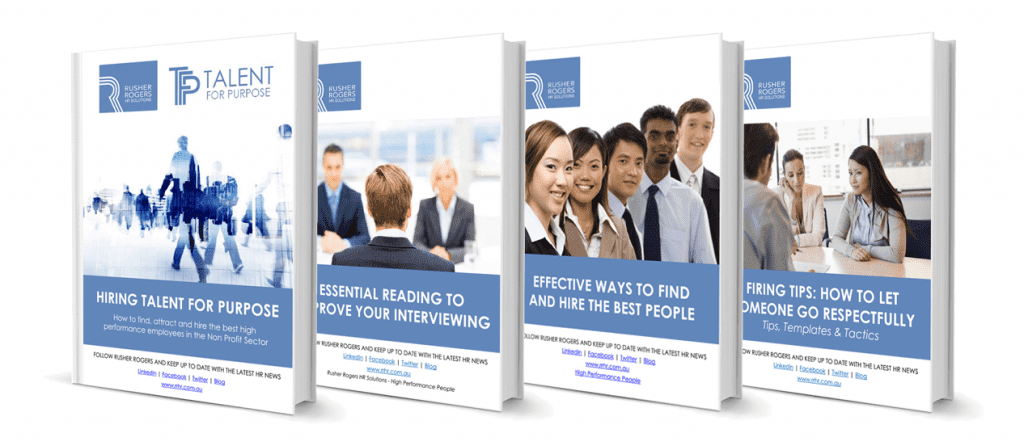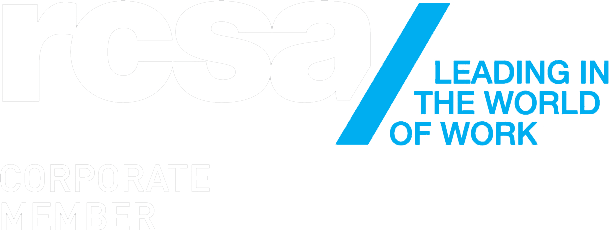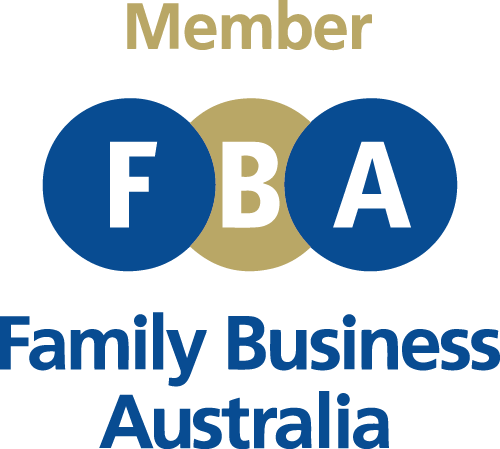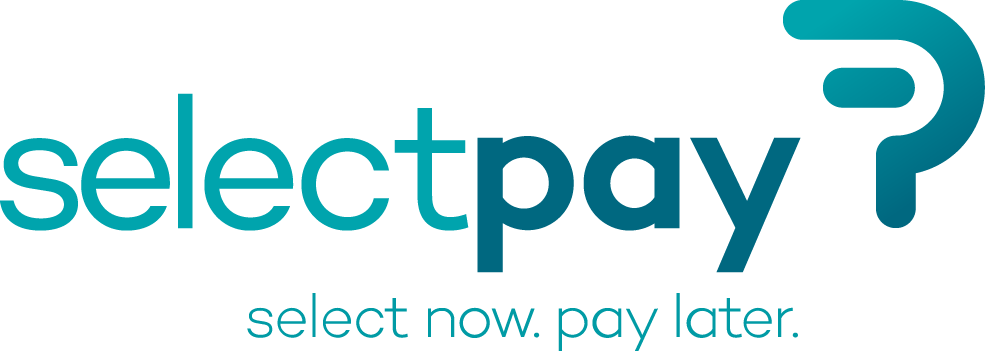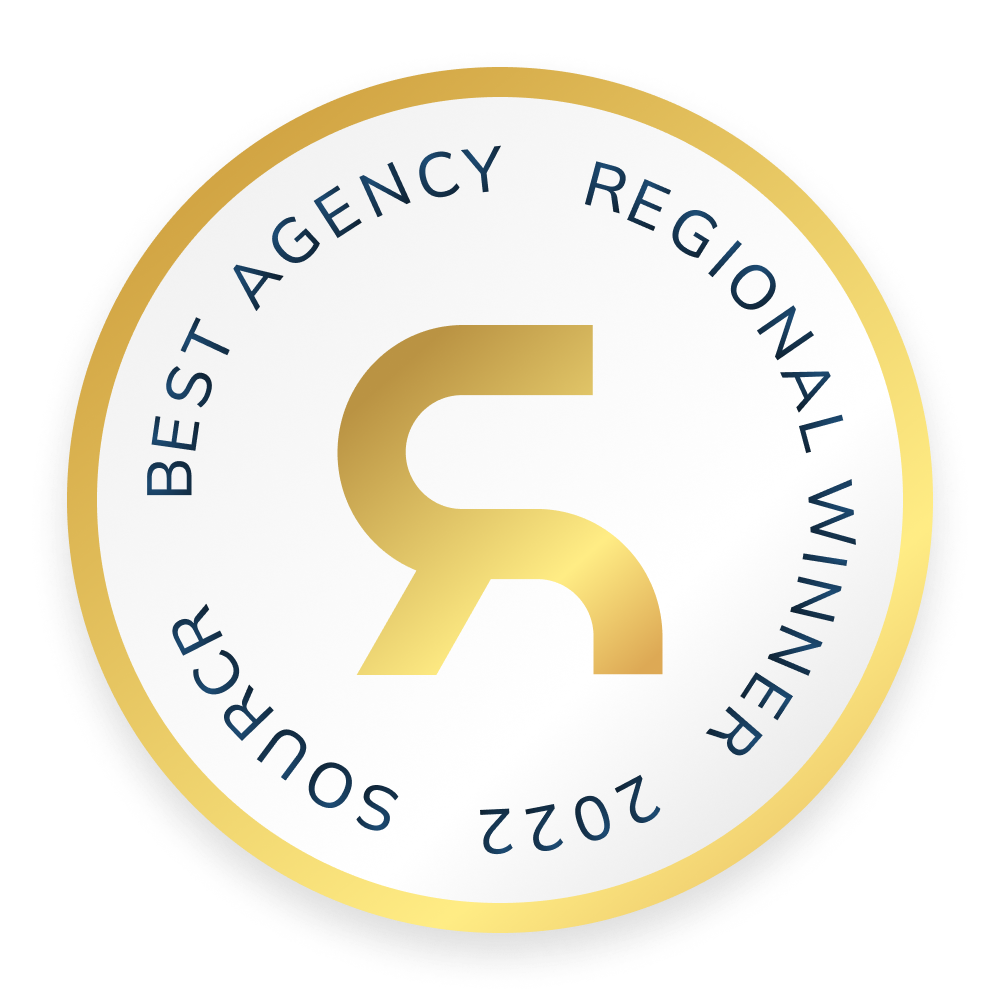RR’ monthly wrap-up report on what’s happening in the world of RR, our clients, our candidates and the recruitment market.

Despite a third mini lockdown in Victoria, employment activity continues to flourish. ABS released the January unemployment rate with a decrease to 6.4%, not bad after the year that we have all had when at the same time last year, it was sitting at 6.6%.

Most agency recruiters are pretty busy on the perm and temp front, navigating an employment market that has shown steady improvement since October of last year. Commentary is returning to talent shortages as the availability of good quality candidates begins to tighten. The absence of a significant contingent workforce which is predominantly made up of international students and overseas backpackers is being missed by many sectors, the most obvious being hospitality and retail but also the temporary on-hire market. While temps are available many are getting quickly reabsorbed into the perm job market leaving few available resources for the temporary on-hire market. This in turn is driving hourly hire rates up and where available resources are thinly spread, talented, broadly skilled and adaptable temp professionals are in demand. This is not likely to improve any until international borders begin to open up later on in the year.
Expectations around how we now work have changed. Being able to work from home for at least part of your working week is a given and employers that choose not to provide flexible working options are out of step with this trend that is here to stay. While employer’s office capacity has been increased to 75%, I am not seeing a rush back to the office. A walk around Melbourne’s CBD or a trip on public transport during peak periods make it clear that many of us are remaining home based.
So will team camaraderie or company culture suffer as a result of an isolated or broadly distributed workforce?
Social cohesion is a concern. As many organisations move toward a blended WFH/onsite model in this article originally published by McKinsey Reimagining the post-pandemic workplace , this model is not without its risk
“These downsides arise from the organizational norms that underpin culture and performance—ways of working, as well as standards of behaviour and interaction—that help create a common culture, generate social cohesion, and build shared trust. To lose sight of them during a significant shift to virtual-working arrangements is to risk an erosion over the long term of the very trust, cohesion, and shared culture that often helps remote working and virtual collaboration to be effective in the short term.
It also risks letting two organizational cultures emerge, dominated by the in-person workers and managers who continue to benefit from the positive elements of co-location and in-person collaboration, while culture and social cohesion for the virtual workforce languish. When this occurs, remote workers can soon feel isolated, disenfranchised, and unhappy, the victims of unintentional behaviour in an organization that failed to build a coherent model of, and capabilities for, virtual and in-person work. The sense of belonging, common purpose, and shared identity that inspires all of us to do our best work gets lost. Organizational performance deteriorates accordingly”.
Working from home is not all that is cracked up to be either post-COVID with many finding that the lines between when work starts and finishes blurred. See link here.
…” While both employees and employers said remote work arrangements were a key benefit to support employee mental health, employees are more stressed than ever. Almost 80% of employees said they currently felt stressed and 50% said they were more stressed now than before the pandemic.
Part of this may be the new challenges faced by employees who aren’t used to working from home as part of their standard working life, and therefore no longer have a clear demarcation between the office and home.
Despite common assumptions, more home time does not mean a better work-life balance. More than half of employees surveyed by MetLife (56%) said that they struggle with maintaining a healthy work-life balance while working from home.”
Trial and error will be the order of the day in trying to strike some sort of balance post COVID. One thing that we all now understand, change is our new norm.

Until next month
Current Jobs:
- Inhouse Recruitment Coordinator
- Inventory and Planning Coordinator
- Warehouse Administrator
- Workplace Experience Manager
- Senior Geospatial Technologist
- Condition, Monitoring and Reliability Technician
- Quality and Safety Coordinator
- General Temp Registration

